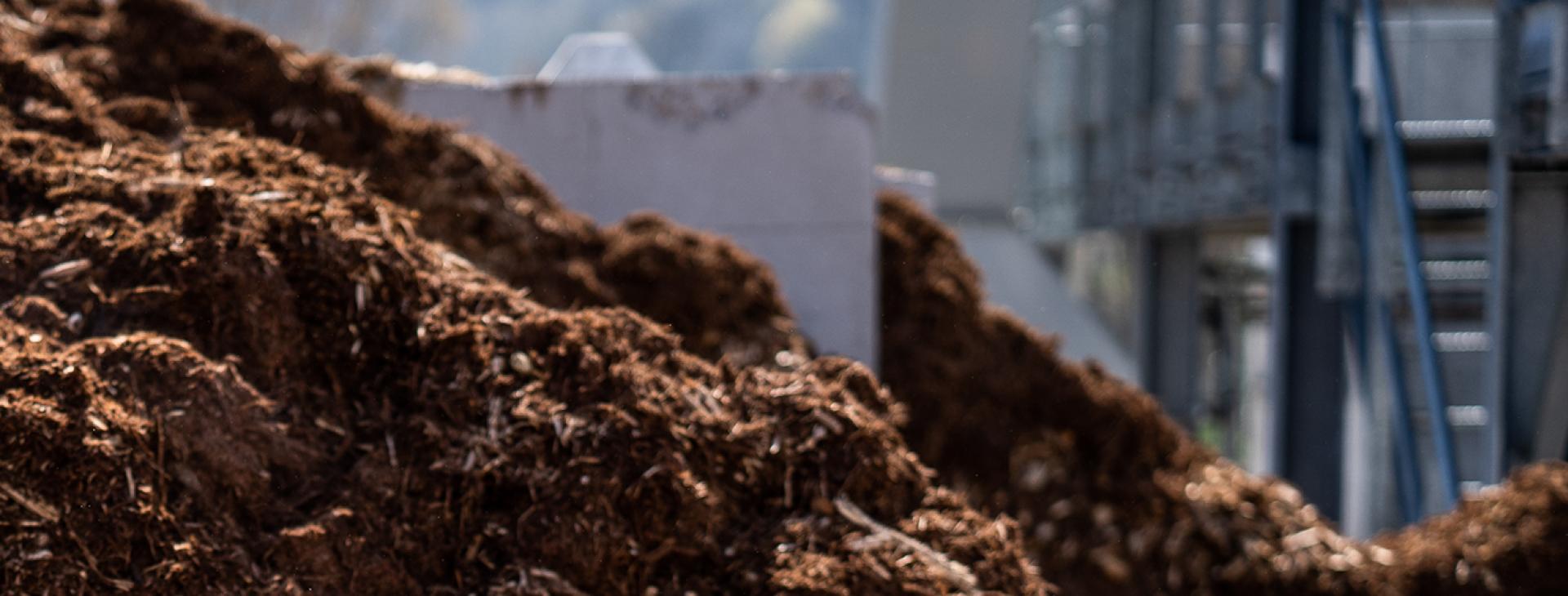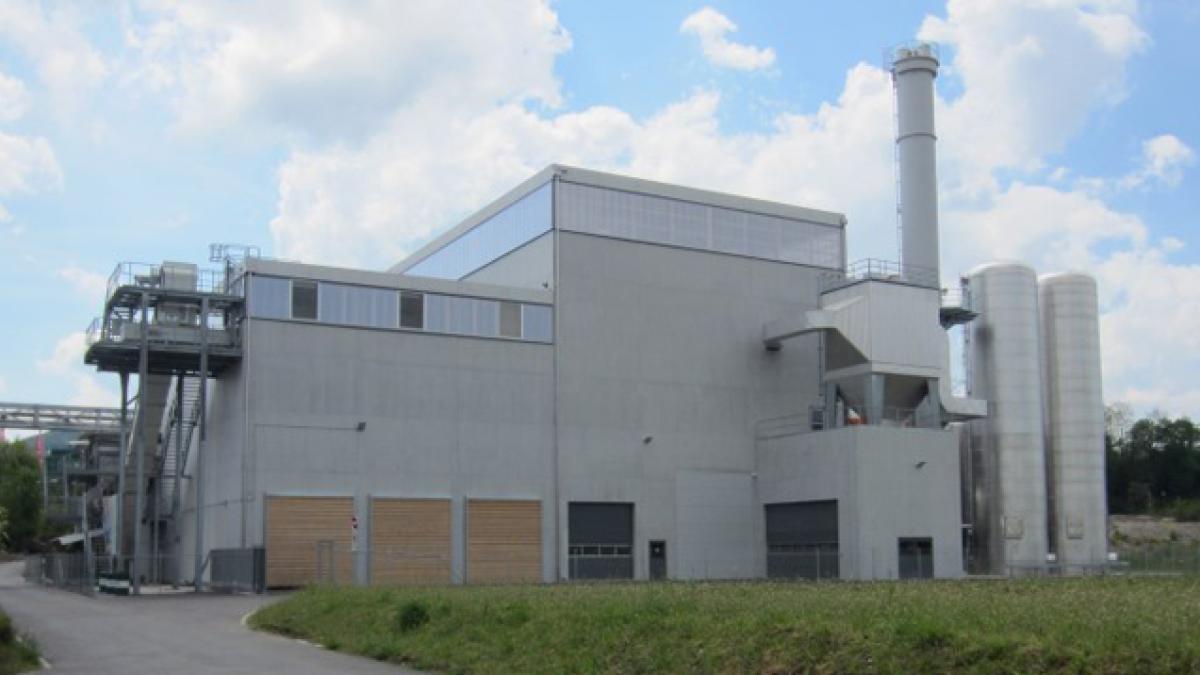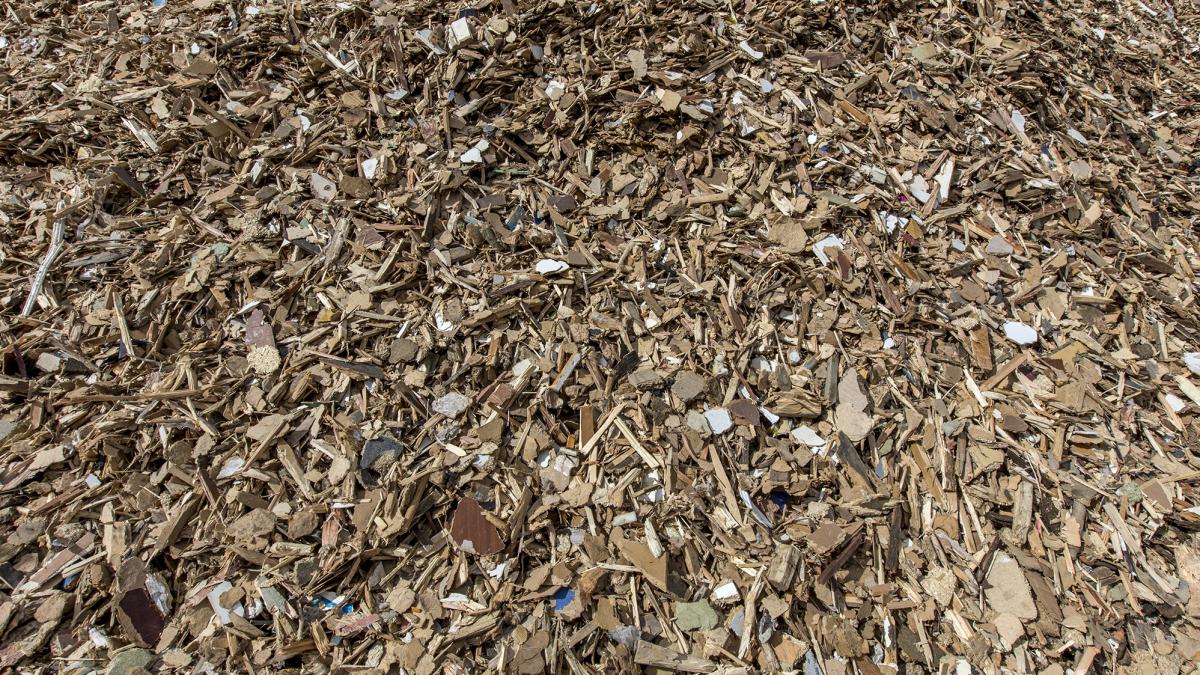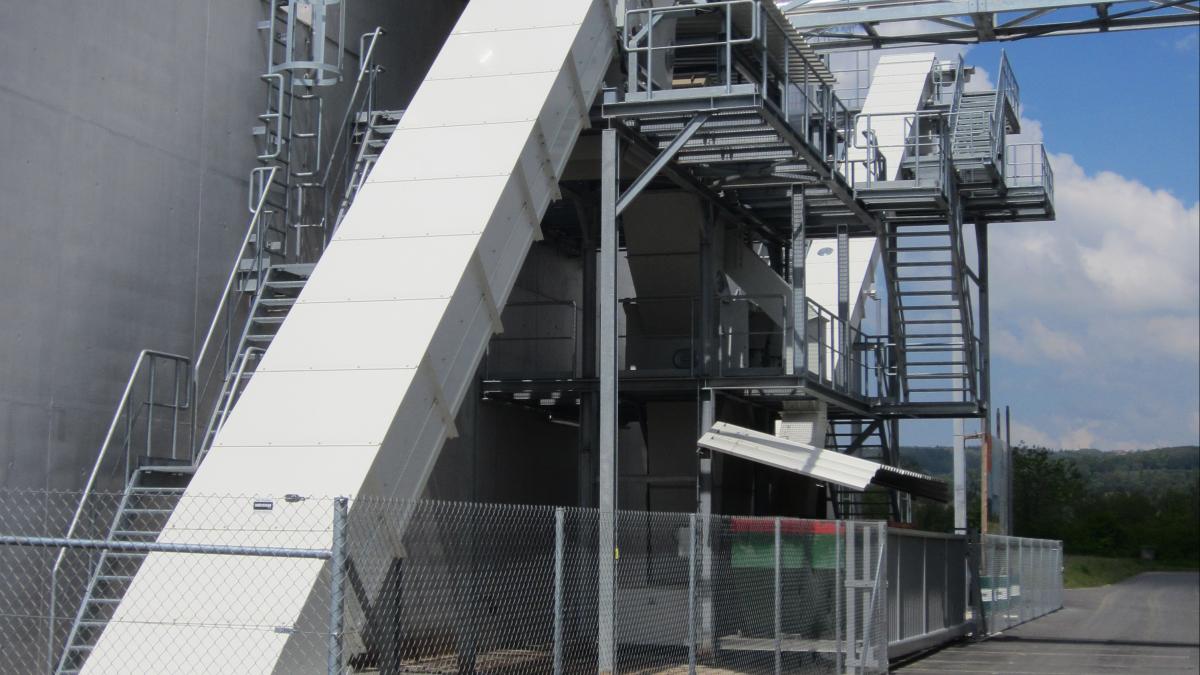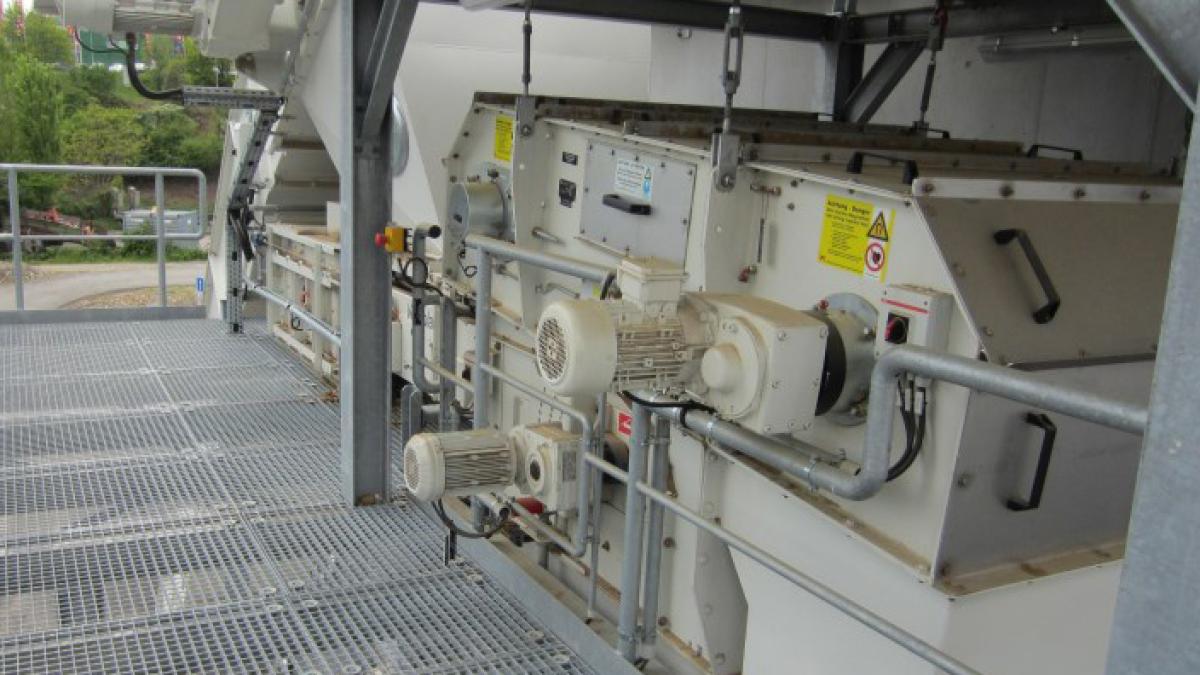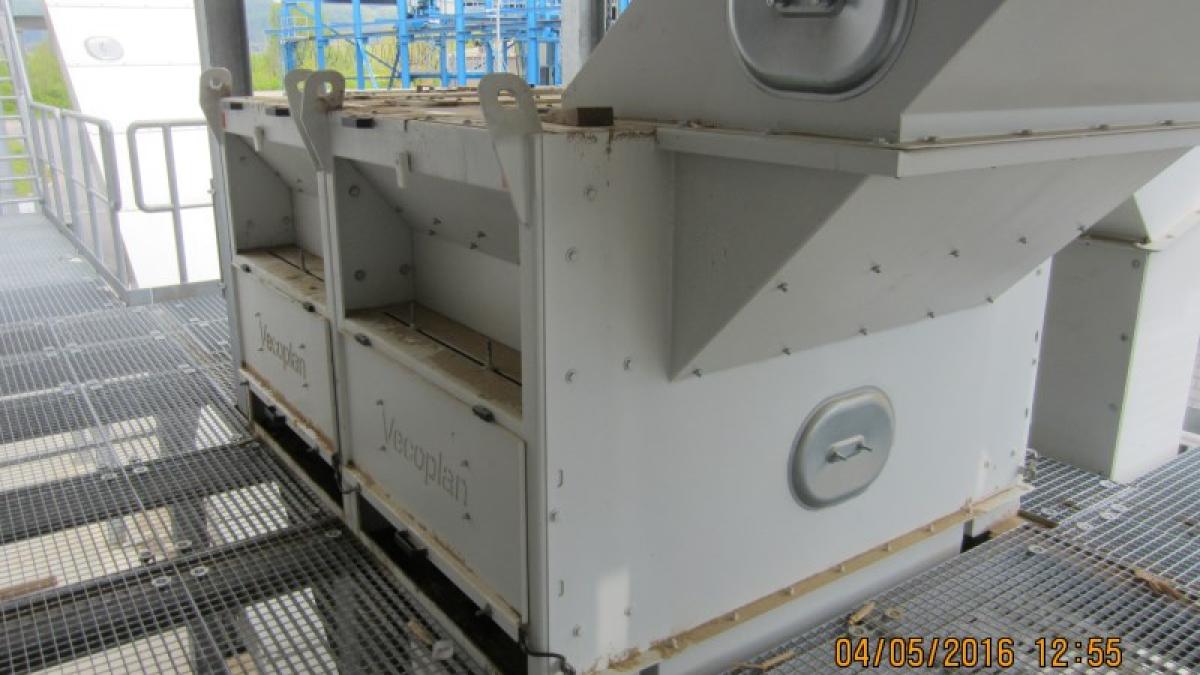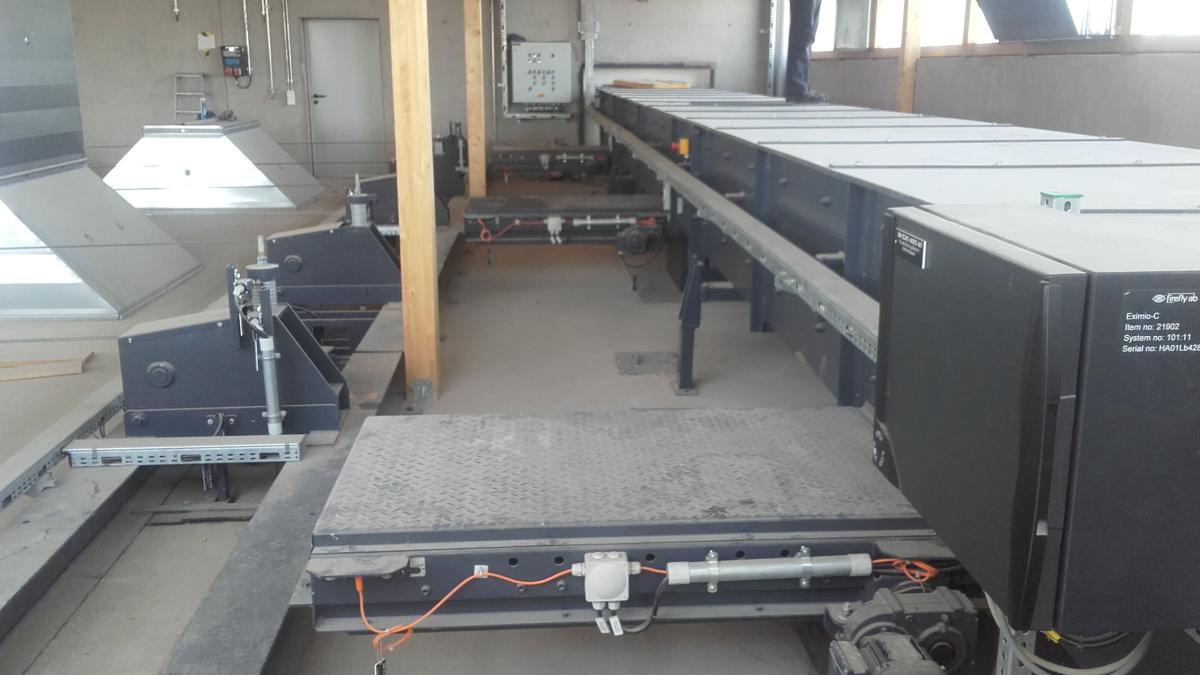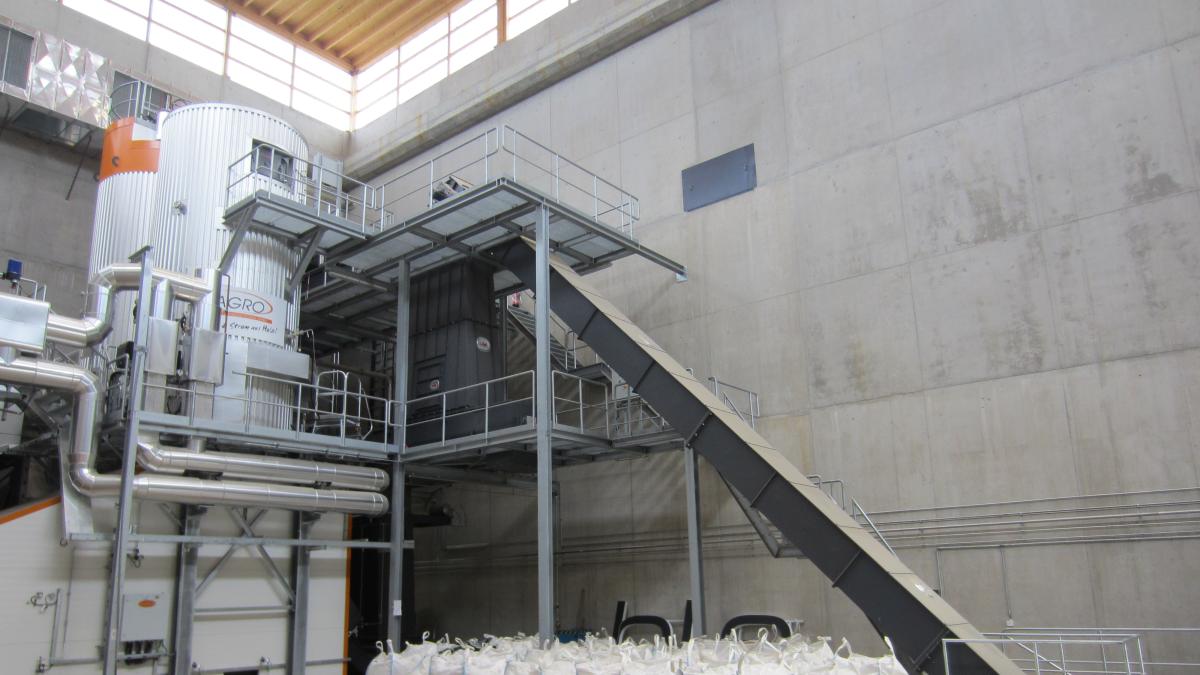Sustainable, renewable and emission-free – our energy supply is changing. The phaseout of nuclear energy is underway – but what about conventional energy sources such as lignite (brown coal)? The answer is that CO2 emissions from brown coal are simply too high. Sources such as wind, water, photovoltaics and of course biomass are on the increase. The combustion of untreated wood chips, waste wood, agricultural waste and branch cuttings at over 1,000 degrees Celsius not only makes it possible to generate environmentally-friendly electricity in biomass CHP plants without generating additional greenhouse gases, it also generates huge amounts of heat. EBL is building on this efficient and ecological combination in Liestal in the Swiss canton of Baselland. For decades now, this energy supplier has been specifically promoting the use of renewable energies. EBL’s noble vision? To improve our quality of life and enable future generations to enjoy an intact environment that is worth living in. EBL develops, builds and operates several CHP plants at various locations, one of which is Pratteln. The supplier feeds the generated heat into its district heating network and supplies it to several municipalities.
The CHP plant is fired with wood chips from the forest and with quality class A1 and A2 waste wood. The source material is available in size P 100, so the maximum length of the particles is less than 350 millimetres.
Correct storage, conveying and dosing
EBL relies on Vecoplan AG to store, convey and dose the various bulk materials. Vecoplan AG, the German company based in Bad Marienberg in Westerwald, develops and manufactures machines and plants for the resource and recycling industry. “Our tasks encompass services such as planning, consulting, integrated project management, comprehensive services and installation, plus commissioning and maintenance,” explains Michael Mützel, Area Sales Manager, Wood I Biomass Business Unit, Vecoplan. Several challenges had to be overcome in this project. “With the limited space available, we had to develop a solution that would allow a large storage volume and efficiently convey the material to the boiler.”
This meant that off-the-shelf systems were out of the question. To transport the old and fresh wood safely and reliably, the various conveyor components had to be precisely matched. “We changed the original crane concept for the intermediate storage of the delivered material and developed a variant with loading and unloading conveyors,” says Michael Mützel. To enable the necessary large-scale implementation, all the documents for the building permit had to be changed. Vecoplan supplied all the machinery, from material intake and storage to the boiler, including the control systems. The company’s specialists supervised the engineering, steel construction and assembly operations and subsequently instructed the employees in the plant’s operation.
A safe and reliable process
Trucks with a loading volume of 90 cubic metres deliver the biomass and deposit it on a push rod discharger. This consists of hydraulically-driven push rods which lie next to each other and alternately move forwards & backwards slowly, transporting the biomass to interim storage in boxes at a volume of 270 cubic metres per hour. On its journey to the boxes, foreign bodies such as metals or excess lengths must be removed from the biomass. To achieve this, a powerful magnet was installed above the moving biomass to pull screws and nails out of the material. A disc screen then removes wood pieces that are too long. The sorted excess lengths go directly to a container.
The processed material is stored in a storage structure with a volume of three times 1,000 cubic metres. Dosing screws then feed exact quantities of the material to the conveyor system. A drag chain conveyor transports the material to the boiler house, where another conveyor deposits the bulk material into a feed hopper equipped with a discharge screw at a volume transfer rate of 50 cubic metres per hour. The screw then feeds the boiler with the fuel at a rate of 25 cubic metres per hour. “By individually combining high-quality components, we have ensured that the plant operates efficiently and safely,” says Vecoplan project manager Michael Müller. “We dimensioned all the components of the processing line to match material intake cycles and fuel requirements.”
Markus Vögele, Project Manager Heat at EBL, is very satisfied with the result. He particularly praised Vecoplan’s efficient project management: “In October 2014 we approved the plan, the technicians installed the plants from March to August 2015 and in December we were able to start the controlled boiler operation.” EBL now benefits from an efficient conveyor system and from efficient use of space. “For us as operators, it’s vital that the plant runs well... and it does,” says Vögele.
